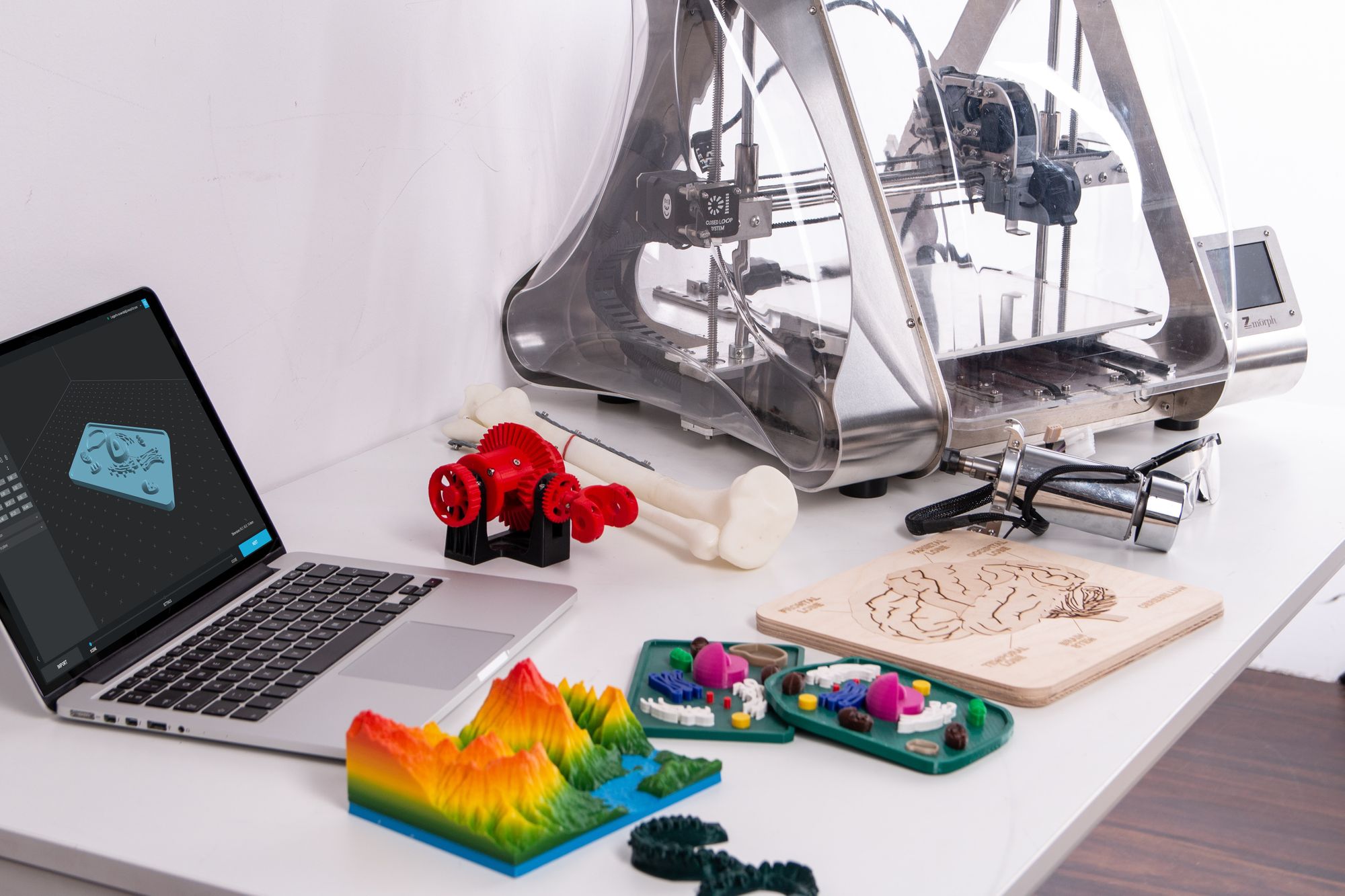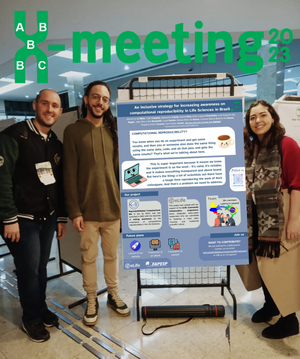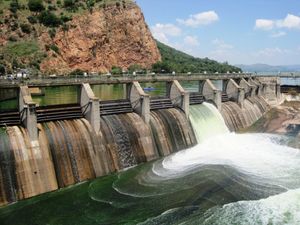It is inevitable, with the effects of the COVID-19 pandemic, that distance learning is occurring for all subjects, including Science, technology, engineering, and mathematics (STEM) education. Due to the need for schools to shut down, students are learning through connecting online, whether it is through a Zoom meeting led by their homeroom teacher or by taking quizzes through online platforms. This is a necessary step in order to protect students, teachers, and the many professionals who help a school run in the midst of the historical COVID-19 outbreak. However, it comes at the price of in-person learning, which not only gives students the ability to socialize with each other and allow their parents to go to work, but it also gives students the ability to engage in hands-on learning, a necessary step for cognitive development - especially in subjects such as science - .
The 'awe' of learning a new and exciting subject through successfully conducting an experiment helps draw many students to STEM subjects.
Although e-learning may help our students for the time being, STEM educators are surviving, rather than thriving in their teaching mode. As a STEM educator and program director myself, I can best explain this through the common phenomenon that we enjoy teaching to our students. Hands-on learning in STEM implicates testing of challenging theories. It also allows for struggling students to be more closely guided by a knowledgeable teacher’s aid. Finally, the sheer excitement (also known as 'awe') of learning a new and exciting subject through successfully conducting an experiment, or creating a usable tool, helps draw many students to STEM subjects (and careers).
Students are often drawn to subjects they perceive as exciting, and in this case, the experimental modules of STEM education provide a unique opportunity to engage learners who are intimidated by subjects that are mostly theoretical. When students are engaged in hands-on learning, whether it is by designing a piece of furniture, or by being able to pull DNA out of a piece of fruit, they can physically see the application of the theories that they have learned within the class. Especially when a physical and quick reaction occurs - such as the more famous science experiments for children (I’m looking at you, slime) - these observations can bring about a strong reaction in the observer. For students who are visual learners, it is a way to engage interest in a challenging series of subjects, to say nothing of the need to increase literacy in math and science, subjects in which the United States lags behind many countries when it comes to student achievement.
Although everyone can (arguably) receive the same education online, can they have the same quality of experience if they do not have the same materials, lab space, and time with which to experiment, practice, and repeat?
However, what can we do when students are trapped at home, their teachers are equally sequestered away from each other, and all of the teaching supplies are locked away at school during the COVID-19 outbreak? As almost all schools, from kindergarten through high school, have been closed since March 2020 in order to stop the spread of the novel COVID-19 virus, classes have had to change as well. Teachers now lecture and guide their students through online platforms, often changing them with guidance from the different school districts.
Maintaining equity within science education is the greatest issue of teaching STEM, especially in the wake of many school districts choosing to continue practicing social-distance education due to the effects of COVID-19. The need for social distance education, requiring students to access their schools and teachers through the internet, digital media, and computers or tablets, is a wake-up call for proponents of equity within science education. Although everyone can (arguably) receive the same education online, can they have the same quality of experience if they do not have equal access to internet, materials, lab space, and time with which to experiment, practice, and repeat? This is the main challenge at hand for all who are discussing distance learning and equity at this time, as discussed in such circles as the American Education Research Association. Many places, including the Boys and Girls Club and the Boy Scouts of America, have quickly moved their day camps and meetings online in order to curb the spread of COVID-19. These programs also continued teaching STEM subjects (such as astronomy and chemistry) during the summer, when schools and traditional learning is normally at a stand-still. Youth participants in these locations were given the necessary materials to follow the educator along in their class setting, and they could themselves complete the experiment, practice, and repeat it to maintain this successful teaching style. These are steps that schools are also talking about: using an application to keep staff, teachers, and students safe as the pandemic continues on.
But in order to maintain this, several measurements of equity must be kept in place to ensure that all learners will still be able to obtain the same standard of STEM education as their peers. Students must be able to have their own individual tablets or computers, and be able to access the internet safely from their standard shelter-in-place. Some school districts have made sure to provide students not only with the necessary materials to bring home, but also with laptops or tablets. But, what about internet accessibility, such as WiFi hotspots? or the more expensive STEM materials, like robots or 3D printers? These elements are some of the most fun and engaging activities of STEM learning, encompassing multiple subjects at once.
Almost universally, schools have decided to stay online as the 2020-21 year continues, and as a result, STEM subjects are being taught online as well. However, these precautions of maintaining equity at the level of internet and material availability must still be attended to. There are different virtual hands-on learning styles that have been explored, such as animation and video-making, as well as the digital materials provided by diverse museums (such as virtual tours and online STEAM lessons by the Pacific Science Center). Hopefully, we can continue to provide high quality STEM and STEAM education to all students regardless of their means, all throughout this trying time in educational history.
About the author:
Kristen Vogt Veggeberg, PhD in Curriculum and Instruction from University of Illinois, is a nonprofit director and out-of-school STEM educator. Connect with Kristen on Twitter or read more of her articles in https://linktr.ee/krisveevee.
We welcome comments, questions and feedback. Please contact us at ecrlife [dot] editors [at] gmail [dot] com.
Would you like to share your own story, insight or opinion? Pitch us here.
Follow us on Twitter to stay up to speed with our latest blog post releases.







